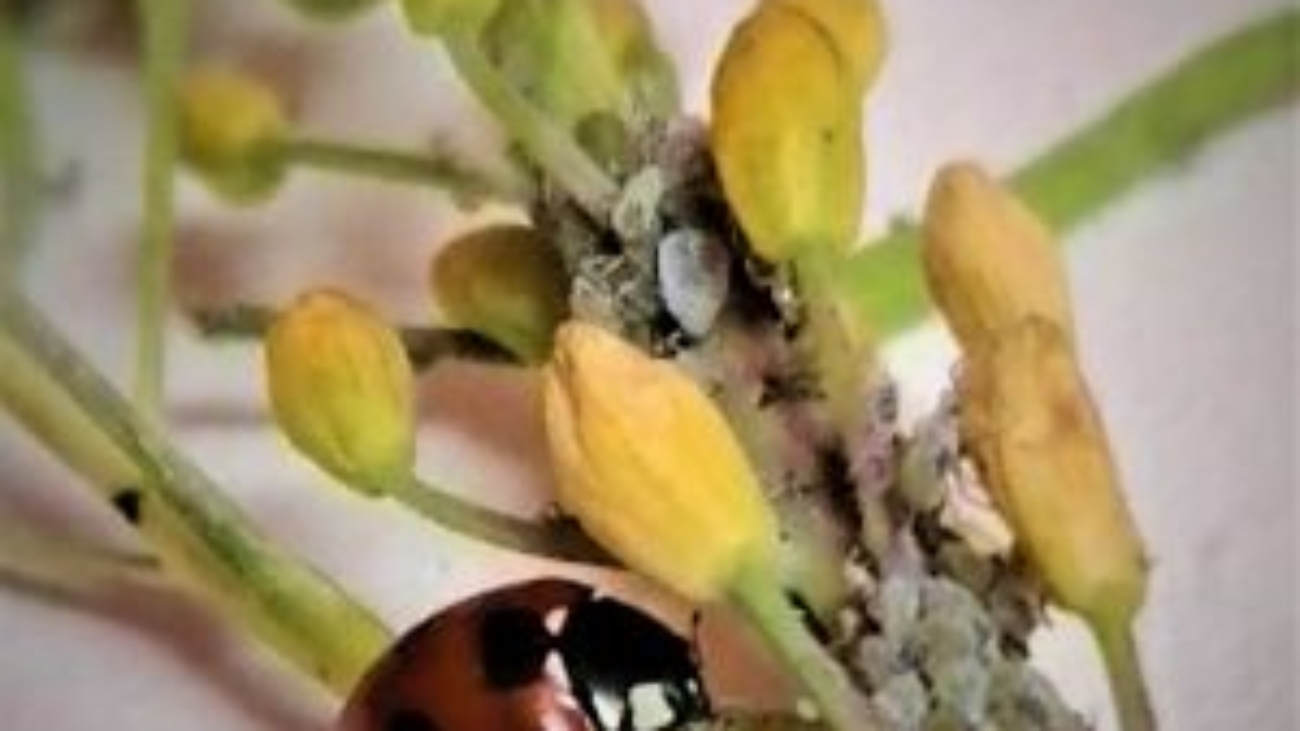Authors: Sital Budhathoki, Jagan Nath Adhikari, Binod Bhattarai, Dipendra Adhikari, Bishnu Prasad Bhattarai
Abstract: Forest patches in urban areas can have the potential to provide shelter, resources, and breeding space for small mammals. This study aimed to explore the diversity, abundance, and habitat associations of non-volant small mammals in forest patches of Kathmandu Valley. Three sites were selected for the study: Ranibari Community Forest, Swayambhunath Hillock, and Coronation Garden of Tribhuvan University. The roost survey, line transect survey and direct observation methods were used for the study. The field survey was conducted in June–July 2019. In those selected sites, 250 m transects were laid and 25 live traps (Local, Sherman, and Tube) were set for capturing small mammals. Trapped individuals were measured, marked, and released at the site. From a survey of 600 trap nights, 61 individuals representing six species, four families and three orders were identified. Asian house shrew (Suncus murinus) was the most dominant species. Abundance of small mammals was higher in Ranibari Community Forest whereas Coronation Garden had the lowest abundance of non-volant small mammals. Small mammal distribution pattern was clumped in study areas owing to the uneven distribution of resources in the natural environment. Species response to five environmental parameters (distance to settlement, road, water, open canopy and closed canopy) showed significant relation in Ranibari Community Forest (F=2.446, P=0.018) and Coronation Garden (F=2.75 P=0.05), whereas it was insignificant in Swayambhunath Hillock (F=1.60 P=0.17). These results suggested that diversity, distribution, and abundance of small mammals in urban forest patches are influenced by habitat types and environmental parameters.

